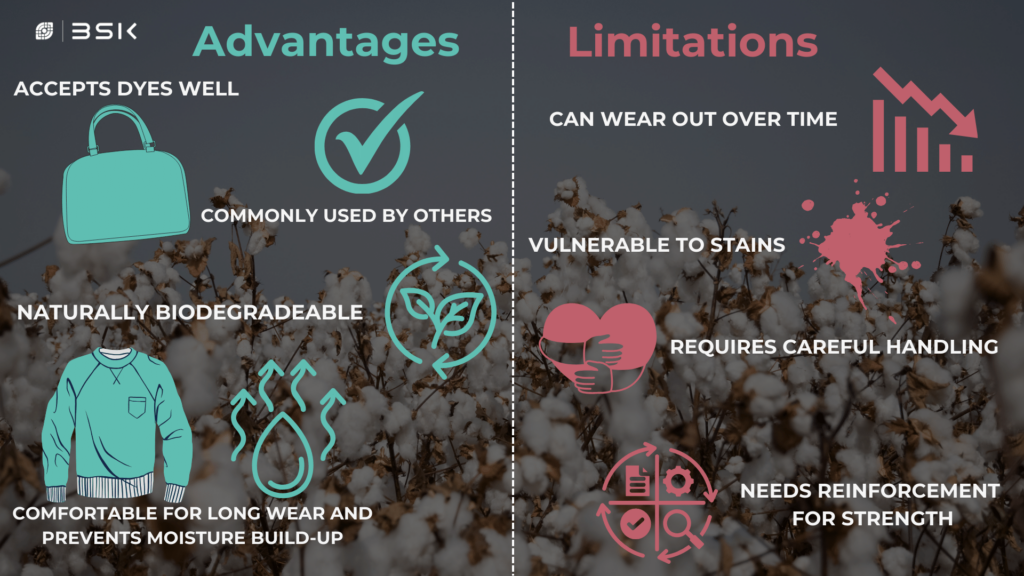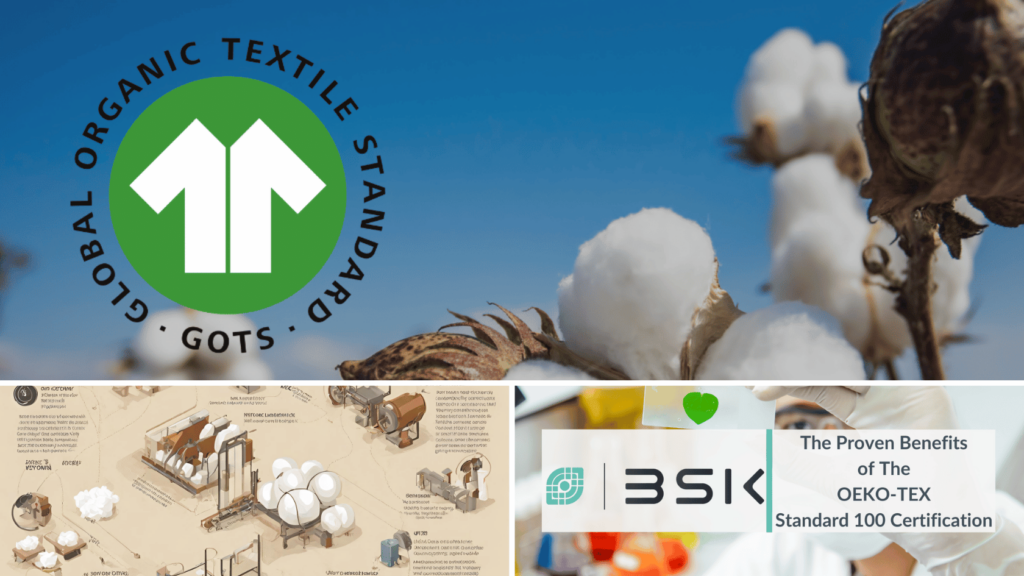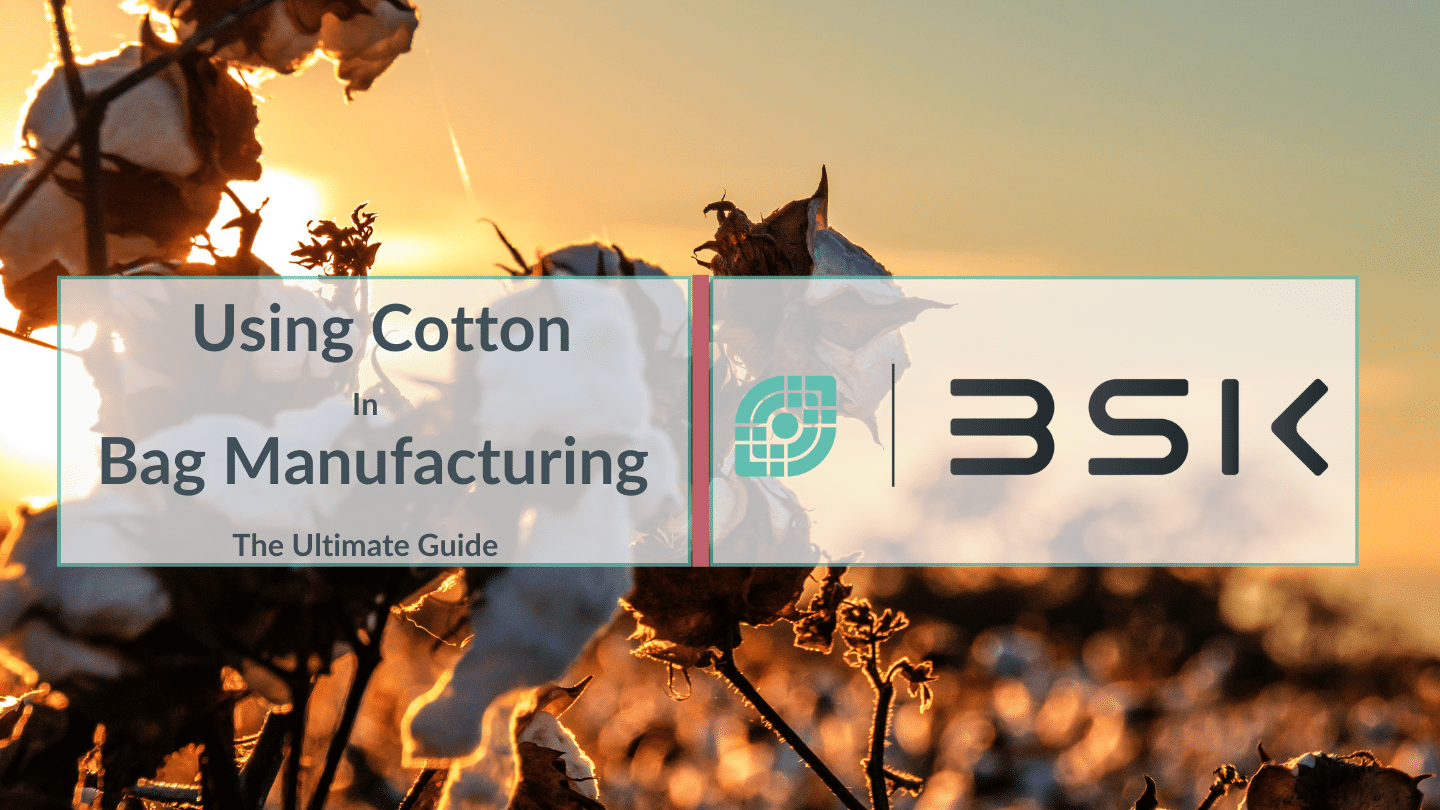In the dynamic world of fashion, where style meets utility, the choice of materials is paramount. Among the many options available, cotton stands out as a versatile and timeless choice for bag manufacturing. As a fashion bag writer deeply invested in exploring the nuances of materials, it is imperative to delve into cotton and its significant role in shaping our bags.
A Fiber With History
Cotton, a natural fiber derived from the fluffy bolls of the cotton plant, boasts a rich history intertwined with human civilization. Its origins date back thousands of years, with evidence of cotton cultivation found in ancient civilizations such as the Indus Valley. The cotton plant belongs to the genus Gossypium, part of the hibiscus or mallow family (Malvaceae). Over time, cotton’s popularity and utility have only increased, making it one of the most widely used fibers in the textile industry. Besides cotton, other natural fibers used for similar purposes include flax (from which linen is made), hemp, jute, and silk. Synthetic fibers like polyester, nylon, and acrylic also serve as alternatives to cotton, offering different characteristics for a variety of textile applications.
The appeal of cotton lies in its inherent characteristics, which include softness, breathability, and absorbency. These properties make cotton ideal for various applications, including apparel, home furnishings, and bags. When it comes to bag manufacturing, cotton offers a compelling combination of aesthetics and functionality. Its natural appeal and versatility make it suitable for crafting various bag styles, from casual totes to sophisticated handbags.

The Cotton Advantages
1. Softness and Breathability: One of the most significant advantages of using cotton in bag manufacturing is its soft and breathable nature. Cotton fabric feels gentle against the skin, making carrying bags from this material comfortable for extended periods. Additionally, cotton’s breathability ensures proper air circulation, reducing the risk of moisture buildup inside the bag.
2. Versatile Dyeability: Cotton is highly receptive to dyes, allowing for many vibrant colors and intricate patterns. This versatility in dyeability gives designers and manufacturers ample creative freedom to experiment with different color palettes and design motifs. Whether it’s a bold statement piece or a subtle, understated design, cotton can accommodate a wide range of aesthetic preferences.
3. Environmental Friendliness: As a natural, biodegradable material, cotton boasts eco-friendly credentials that resonate with conscientious consumers. Unlike synthetic fibers derived from fossil fuels, cotton decomposes naturally, minimizing its environmental impact at the end of its lifecycle. Furthermore, cotton cultivation often employs sustainable farming practices, such as crop rotation and minimal pesticide use, reducing its ecological footprint.
4. Real-World Examples: The efficacy of cotton in bag production is evident in numerous real-world examples. From iconic fashion houses to emerging sustainable brands, cotton bags have found their place in the wardrobes of fashion enthusiasts worldwide. These examples testify to cotton’s enduring popularity and versatility in fashion accessories.
5. Contribution to Sustainable Fashion: consumers actively contribute to promoting sustainable fashion practices by choosing bags crafted from cotton. The demand for eco-friendly materials like cotton encourages brands to prioritize ethical sourcing and production methods, fostering a more sustainable fashion industry overall.
Limitations of Cotton
1. Susceptibility to Wrinkling and Shrinkage: One of the primary limitations of cotton in bag manufacturing is its propensity to wrinkle and shrink when exposed to moisture. This characteristic can pose challenges in maintaining the bag’s appearance, especially in humid or rainy climates. Proper care instructions, such as avoiding prolonged exposure to moisture and using appropriate storage methods, can help mitigate this issue.
2. Lower Durability Compared to Synthetic Materials: Cotton offers exceptional softness and comfort but may exhibit lower durability than synthetic materials like nylon or polyester. Cotton fibers can fray or wear out over time, particularly with frequent use or exposure to harsh conditions. Reinforced stitching and additional layers of fabric can help enhance the durability of cotton bags. However, they may still be more prone to wear and tear than their synthetic counterparts.
3. Special Care Requirements: Maintaining the pristine appearance of cotton bags often requires special care instructions. Unlike synthetic materials that may be more resistant to stains and damage, cotton bags may require gentle cleaning methods and specialized detergents to avoid discoloration or damage to the fabric. Additionally, prolonged exposure to sunlight can cause fading or degradation of the cotton fibers, necessitating proper storage when not in use.
4. Moisture Management: Cotton’s absorbent nature can be both a blessing and a curse. While it helps wick away moisture from the skin, it also makes cotton bags more susceptible to water damage. Exposure to rain or spills can result in staining or discoloration of the fabric, requiring prompt and thorough drying to prevent mildew or mold growth. Applying water-resistant coatings or incorporating moisture-wicking liners can mitigate this issue.
5. Environmental Impact of Cultivation: While cotton is a natural fiber, its cultivation can have environmental consequences if not managed responsibly. Conventional cotton farming practices often involve heavy water usage, pesticide use, and soil degradation, leading to ecosystem disruption and pollution. However, initiatives like organic cotton and sustainable farming techniques aim to minimize these negative impacts, promoting more environmentally friendly cotton production methods.
Production and Manufacturing Considerations
Working with cotton requires attention to detail and specialized techniques in bag manufacturing. From sourcing high-quality cotton fibers to precision cutting and stitching, each step influences the outcome of the bag. Manufacturers equipped with state-of-the-art equipment and skilled artisans ensure the seamless integration of cotton into their product lines.
Moreover, the design process plays a pivotal role in maximizing the inherent qualities of cotton. Strategic placement of seams reinforced stitching, and innovative closures enhance the durability and functionality of cotton bags, elevating them from mere accessories to coveted fashion statements.

Sustainability and Environmental Impact
Amidst growing concerns about environmental sustainability, the eco-friendly credentials of cotton shine brightly. As a natural, renewable resource, cotton starkly contrasts synthetic alternatives derived from fossil fuels. Furthermore, advancements in organic farming reduce the environmental impact of cotton cultivation, minimizing pesticide use and promoting soil health.
Certifications such as the Global Organic Textile Standard (GOTS), the Better Cotton Initiative (BCI), and the OEKO-TEX Standard 100 Certification are assurances for consumers that cotton has been sourced ethically and sustainably. By choosing bags crafted from cotton that is certified by these standards, individuals can align their fashion choices with their values and contribute to a more sustainable future.
Conclusion
In conclusion, the use of cotton in bag manufacturing represents a harmonious blend of style, functionality, and sustainability. While cotton presents certain limitations, its myriad advantages far outweigh the challenges. From its soft touch to eco-friendly credentials, cotton captivates fashion enthusiasts and conscientious consumers. As we navigate the ever-evolving landscape of fashion, let us embrace the timeless allure of cotton and its enduring presence in our wardrobes.

Thanks for this comprehensive guide on utilizing cotton in bag manufacturing! The detailed insights and tips provided here are incredibly helpful for anyone in the industry. Keep up the great work!
I’m truly grateful for your kind words and continued support! Readers like you inspire me to keep exploring and sharing my findings on everything about bags.
Your message made my day!